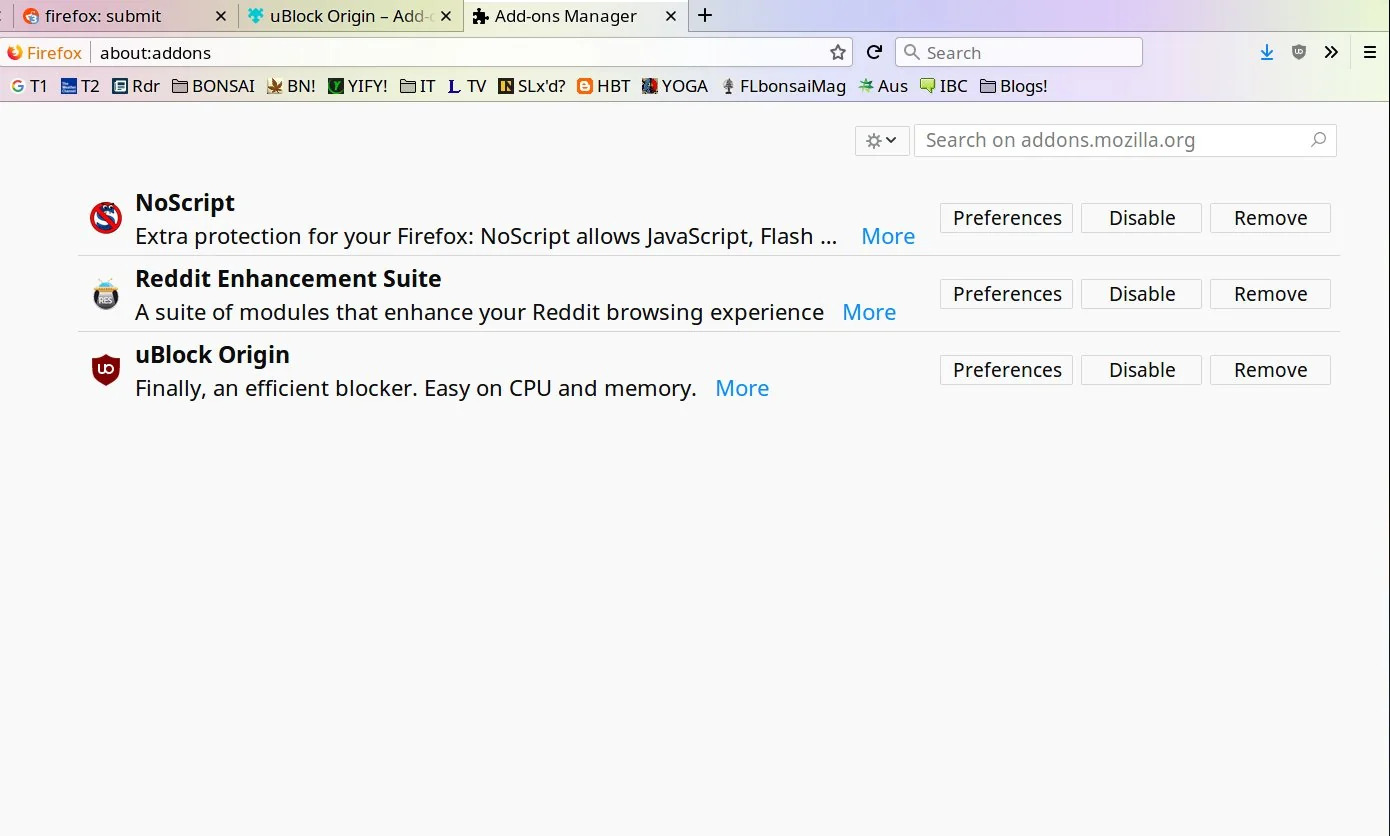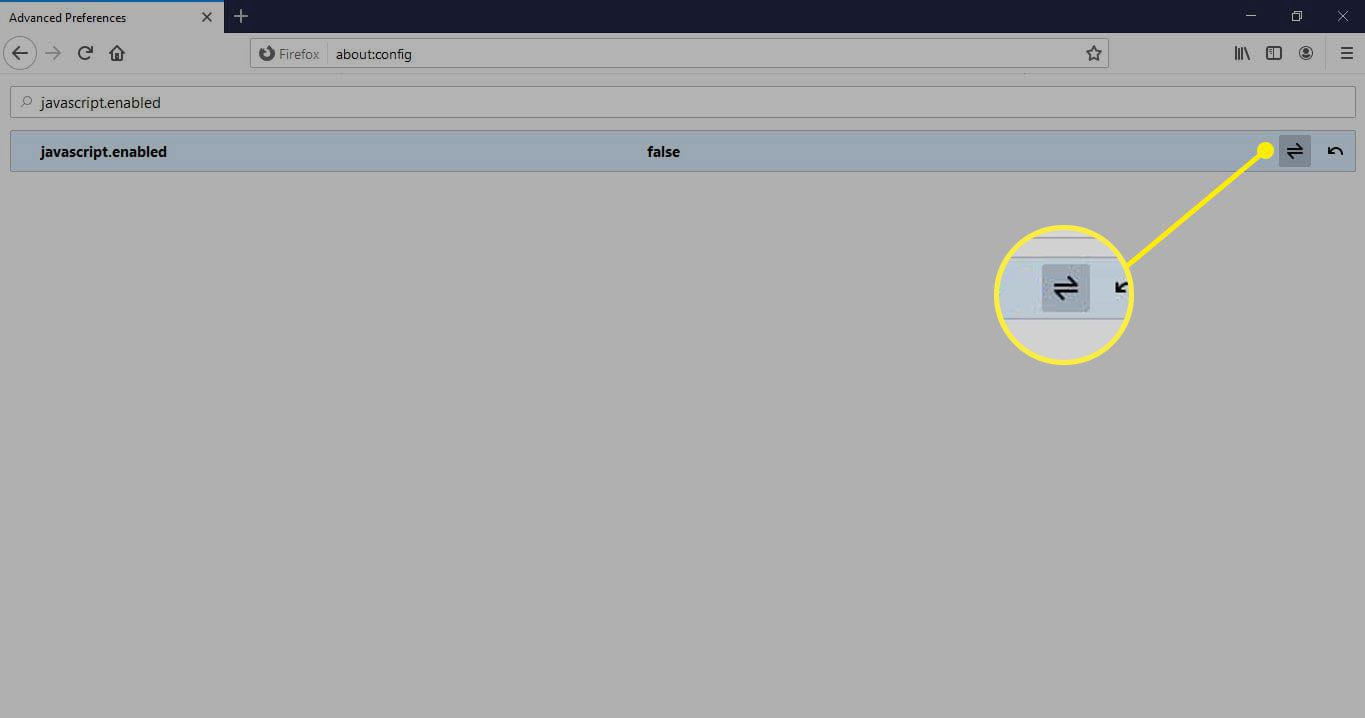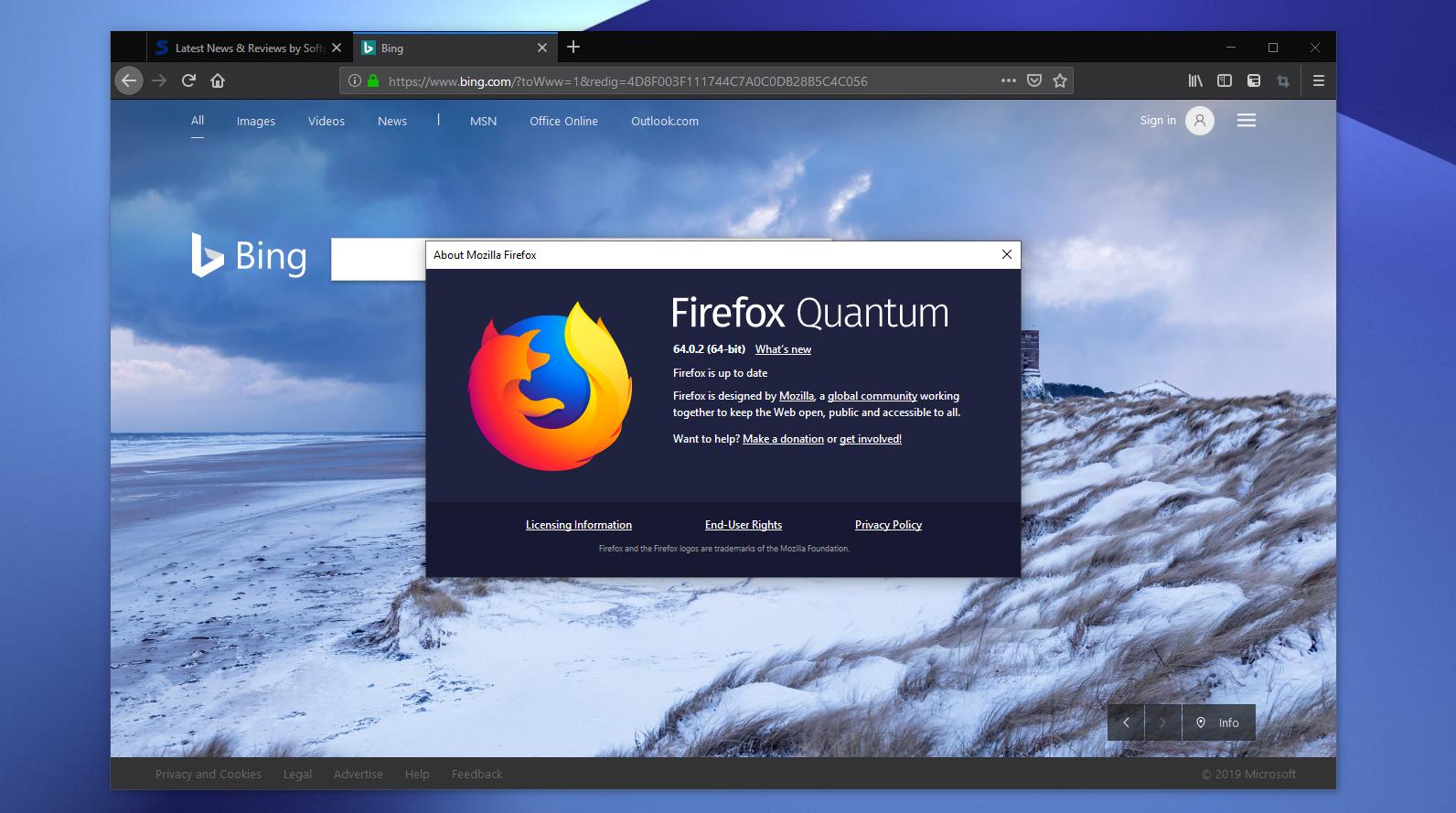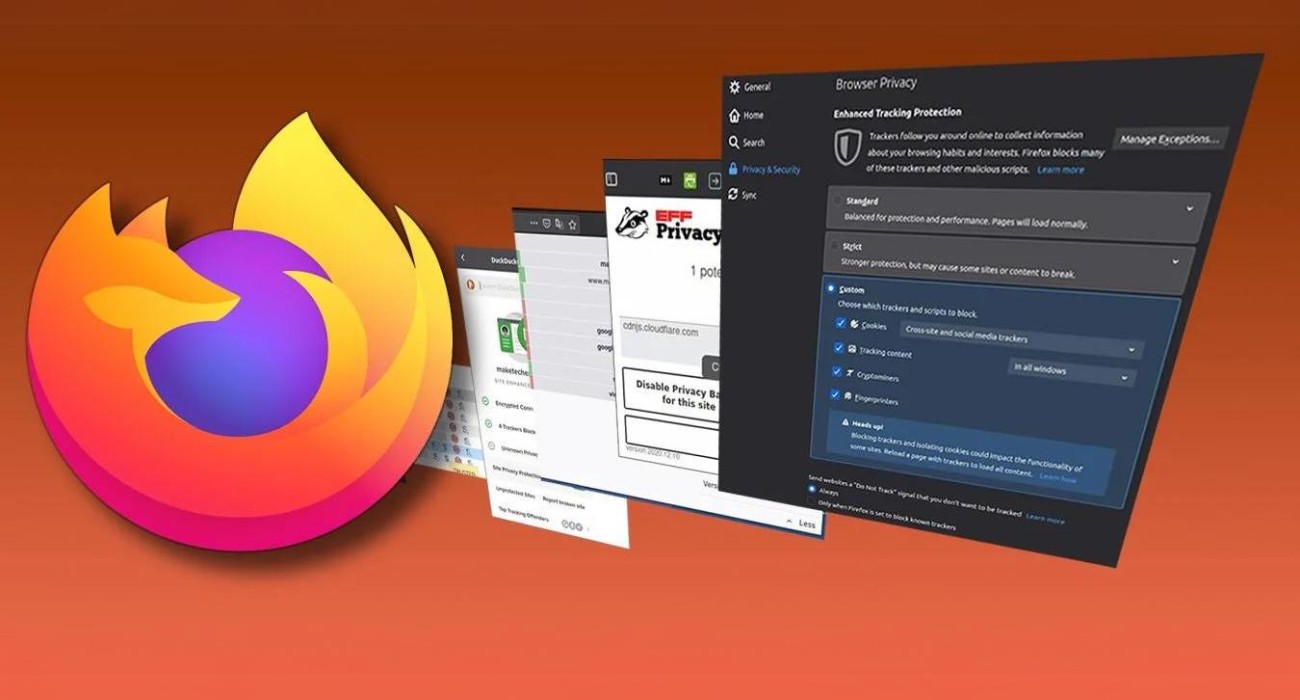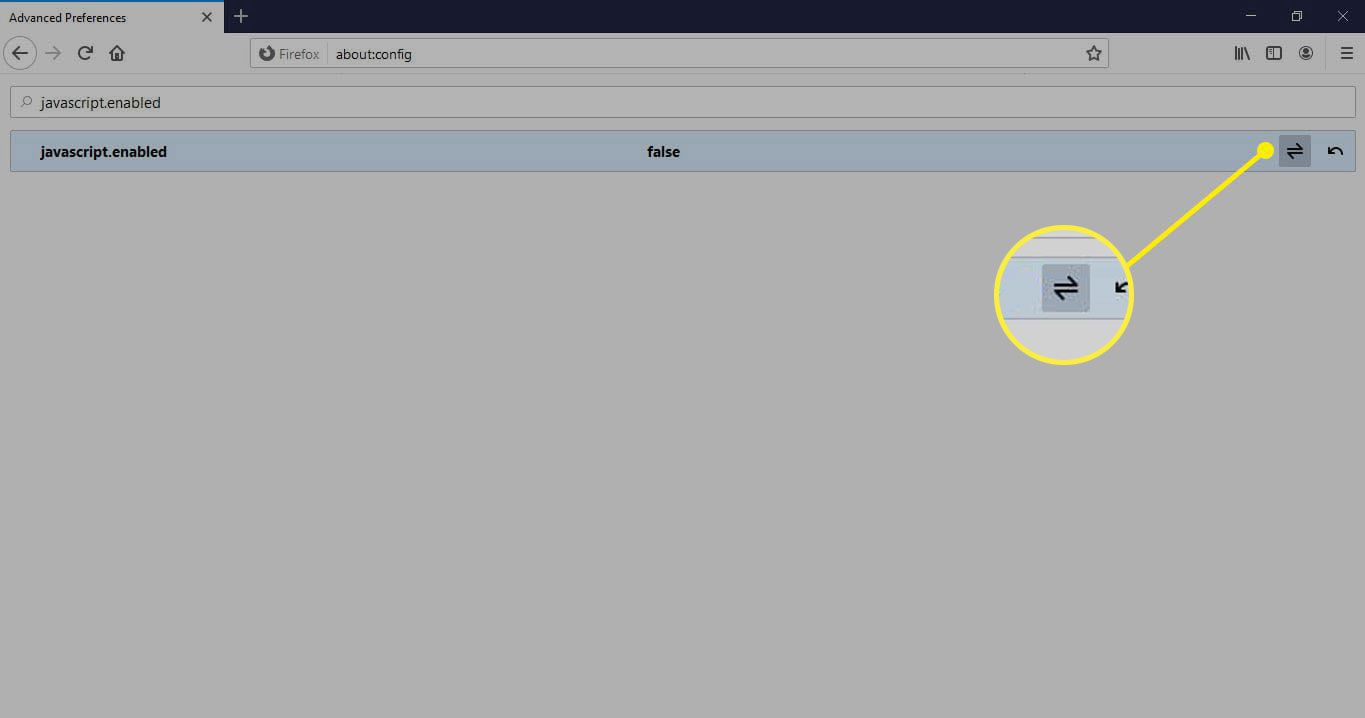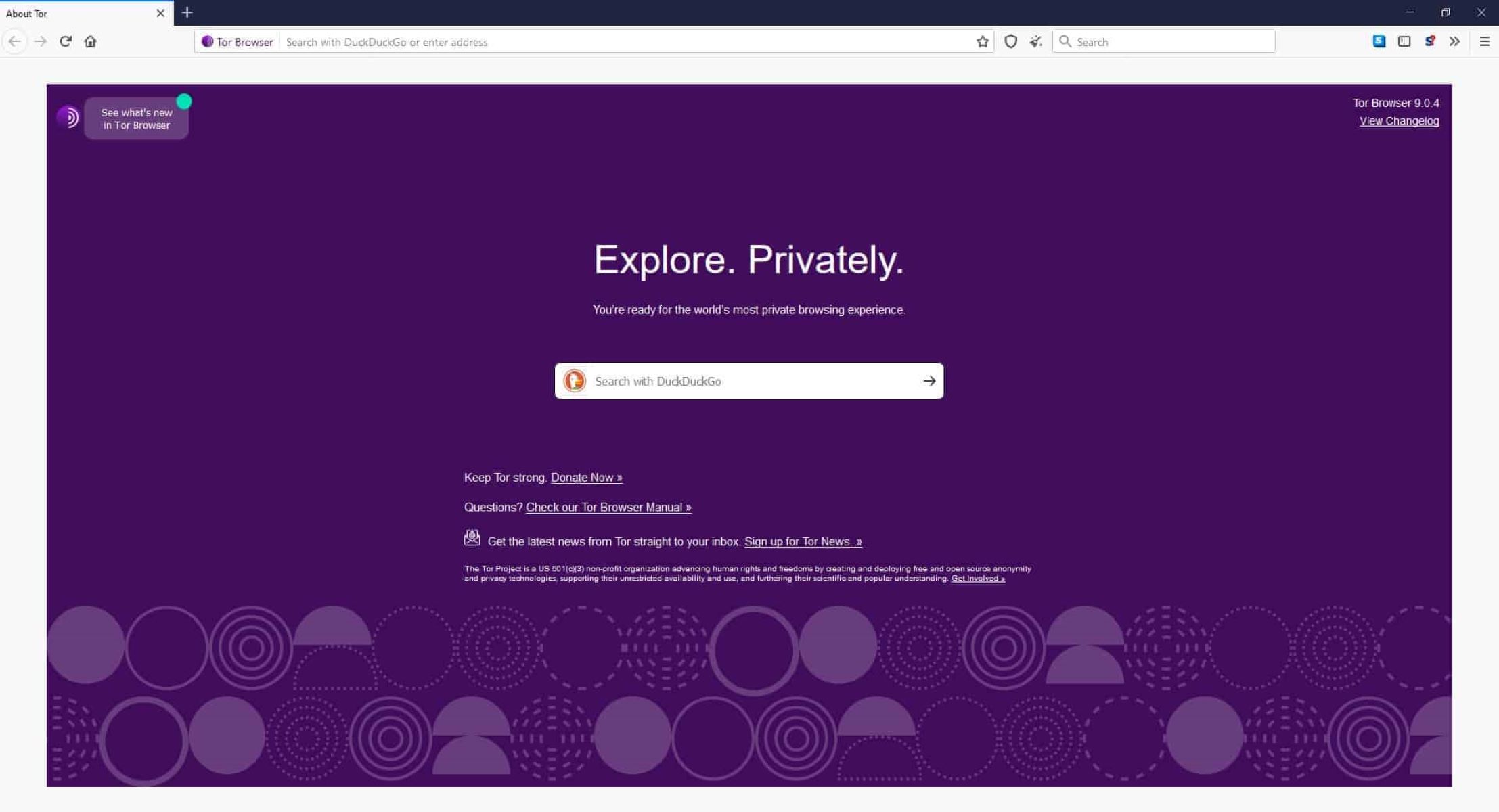Introduction
In the vast digital landscape, web browsers serve as our gateway to the online world, allowing us to explore, connect, and engage with a myriad of content and services. Firefox, a popular web browser known for its robust features and customizable interface, offers users the flexibility to enhance their browsing experience through the use of extensions. These extensions, also known as add-ons, provide additional functionality and customization options, catering to diverse user preferences and needs.
One such extension that has garnered attention for its security-focused features is NoScript. Developed to bolster browsing security, NoScript empowers users to control which scripts and content are allowed to run on web pages, thereby mitigating the risks associated with malicious scripts and potential security vulnerabilities. While NoScript undoubtedly offers valuable security benefits, there are instances where users may seek to remove this extension from their Firefox browser.
In this article, we will delve into the intricacies of NoScript, explore the reasons why users may opt to remove it from Firefox, and provide a comprehensive guide on how to effectively remove NoScript from the browser. Whether you are a seasoned Firefox user or someone venturing into the realm of browser extensions, understanding the process of removing NoScript is essential for maintaining a seamless and tailored browsing experience.
Join us as we navigate through the realm of browser extensions, uncover the nuances of NoScript, and equip you with the knowledge to make informed decisions about managing your Firefox extensions. Let's embark on this journey to unravel the intricacies of NoScript and discover the steps to bid adieu to this extension from your Firefox browser.
Understanding Noscript
NoScript is a renowned browser extension designed to fortify the security of web browsing. Its primary function revolves around the management of JavaScript, Java, Flash, and other potentially harmful content that websites may attempt to execute. By default, NoScript blocks all scripts on web pages, allowing users to selectively enable them based on their trust level. This granular control empowers users to safeguard themselves against malicious scripts, cross-site scripting attacks, and other web-based threats.
The extension operates on the premise of a whitelist-based approach, where users can specify trusted websites and grant permission for scripts to run exclusively on those domains. This meticulous control over script execution not only enhances security but also contributes to a more streamlined browsing experience by minimizing intrusive and resource-intensive scripts.
NoScript's user interface is intuitive, featuring a toolbar button that provides quick access to its settings and permissions. Users can easily manage their whitelist, view blocked scripts, and adjust the extension's settings to align with their browsing preferences. Additionally, NoScript offers informative tooltips and visual cues to aid users in understanding the security implications of enabling scripts on different websites.
Furthermore, NoScript incorporates a robust set of security features, including protection against clickjacking, cross-site request forgery (CSRF), and other web-based attacks. Its proactive approach to web security has positioned it as a valuable tool for users seeking to fortify their browsing environment and mitigate the risks associated with untrusted web content.
In essence, NoScript serves as a guardian of web security, empowering users to exert control over the execution of scripts and content within their browser. Its comprehensive feature set, user-friendly interface, and unwavering commitment to enhancing browsing security have solidified its status as a prominent browser extension in the realm of web security.
As we unravel the intricacies of NoScript, it becomes evident that the extension's core purpose revolves around empowering users to make informed decisions about the execution of scripts on web pages. This nuanced understanding of NoScript sets the stage for exploring the reasons why users may contemplate removing this extension from their Firefox browser.
Why Remove Noscript from Firefox
While NoScript undeniably offers robust security features and empowers users to exert granular control over script execution, there are compelling reasons why individuals may opt to remove this extension from their Firefox browser. Understanding these reasons sheds light on the diverse needs and preferences of users within the digital realm.
Compatibility Concerns:
In some instances, users may encounter compatibility issues between NoScript and certain websites or web-based applications. As NoScript diligently blocks scripts by default, it can inadvertently disrupt the functionality of websites that rely on specific scripts for core features or interactive elements. This compatibility friction may lead users to reconsider the presence of NoScript within their browsing environment, especially if it impedes the seamless access and utilization of essential web services.
User Experience Optimization:
While NoScript offers valuable security benefits, some users prioritize a streamlined and hassle-free browsing experience. The process of manually managing script permissions for various websites, especially for individuals with diverse browsing habits, may introduce a layer of complexity that detracts from the overall browsing experience. As users seek to optimize their browsing environment for convenience and efficiency, the meticulous management of script permissions may become a deterrent, prompting them to explore alternative approaches to web security and content control.
Evolving Security Landscape:
The evolving nature of web-based threats and the continuous advancements in browser security mechanisms contribute to a dynamic security landscape. While NoScript has historically been revered for its proactive security measures, users may find that modern browser security features, coupled with robust antivirus and antimalware solutions, provide a comprehensive layer of protection that aligns with their security needs. This shift in the security paradigm may prompt users to reevaluate the necessity of NoScript within their browsing ecosystem.
Resource Utilization:
NoScript's approach of selectively blocking scripts on web pages inherently impacts the resource utilization of the browser. While this approach is instrumental in mitigating security risks and enhancing privacy, some users may prioritize resource efficiency and performance optimization. The overhead associated with managing script permissions and the potential impact on browsing speed and responsiveness may prompt users to seek a balance between security measures and resource optimization, leading them to reconsider the presence of NoScript in their browsing toolkit.
User Preferences and Adaptability:
Ultimately, the decision to remove NoScript from Firefox may stem from the diverse preferences and adaptability of users. As individuals navigate the digital landscape, their needs, priorities, and browsing habits evolve, influencing their approach to web security and content control. The dynamic nature of user preferences underscores the importance of flexibility and adaptability in managing browser extensions, prompting users to reassess the alignment of NoScript with their current browsing requirements.
In essence, the decision to remove NoScript from Firefox is multifaceted, encompassing considerations related to compatibility, user experience optimization, the evolving security landscape, resource utilization, and user preferences. By acknowledging these factors, users can make informed decisions about the presence of NoScript within their browsing environment, aligning their browser extensions with their evolving needs and preferences.
How to Remove Noscript from Firefox
Removing NoScript from Firefox is a straightforward process that allows users to tailor their browsing environment to align with their evolving needs and preferences. Whether prompted by compatibility concerns, user experience optimization, or a shift in security paradigms, the ability to effectively remove NoScript empowers users to curate their browser extensions in a manner that resonates with their browsing habits. Here's a comprehensive guide on how to remove NoScript from Firefox:
-
Accessing Firefox Add-ons:
- Begin by launching the Firefox web browser and navigating to the menu icon located in the upper-right corner of the browser window.
- From the dropdown menu, select "Add-ons" to access the Firefox Add-ons Manager.
-
Locating NoScript Extension:
- Within the Add-ons Manager, navigate to the "Extensions" tab to view a list of installed extensions.
- Locate the NoScript extension within the list of installed extensions. The presence of NoScript will be indicated by its name and accompanying details.
-
Removing NoScript:
- To remove the NoScript extension, click on the "Remove" button associated with the NoScript entry within the Add-ons Manager.
- A confirmation prompt will appear, seeking confirmation for the removal of the NoScript extension. Click "Remove" to initiate the removal process.
-
Restarting Firefox:
- Upon successful removal, Firefox may prompt you to restart the browser to complete the process. Follow the on-screen instructions to restart Firefox and finalize the removal of the NoScript extension.
-
Verification of Removal:
- After restarting Firefox, navigate back to the Add-ons Manager to verify that the NoScript extension has been successfully removed. The absence of NoScript within the list of installed extensions confirms the successful removal of the extension.
By following these steps, users can seamlessly remove the NoScript extension from their Firefox browser, thereby recalibrating their browsing environment to align with their preferences and requirements. This streamlined process empowers users to adapt their browser extensions in response to evolving needs, ensuring a tailored and optimized browsing experience.
In essence, the ability to remove NoScript from Firefox underscores the flexibility and adaptability inherent in managing browser extensions, enabling users to curate their browsing environment in a manner that resonates with their browsing habits and priorities. Whether driven by compatibility concerns, user experience optimization, or evolving security considerations, the process of removing NoScript from Firefox equips users with the autonomy to shape their browsing ecosystem in alignment with their dynamic preferences and requirements.
Conclusion
In conclusion, the journey through the realm of NoScript and its potential removal from Firefox unveils the intricate interplay between security, user experience, and evolving browsing preferences. As users navigate the digital landscape, the dynamic nature of web security, compatibility considerations, and the pursuit of a streamlined browsing experience converge to shape their decisions regarding browser extensions.
The multifaceted nature of NoScript, characterized by its granular control over script execution and proactive security measures, underscores its significance in fortifying web browsing against potential threats. However, the diverse reasons for contemplating the removal of NoScript, ranging from compatibility concerns to user experience optimization, underscore the nuanced considerations that influence users' browsing environments.
The process of removing NoScript from Firefox, as outlined in the comprehensive guide, empowers users to recalibrate their browsing ecosystem in response to their evolving needs and preferences. By seamlessly navigating the Add-ons Manager and initiating the removal process, users can tailor their browsing environment to align with their priorities, whether driven by compatibility concerns, user experience optimization, or a shift in the security paradigm.
Ultimately, the ability to remove NoScript from Firefox embodies the flexibility and adaptability inherent in managing browser extensions. It reflects the autonomy of users to curate their browsing environment in a manner that resonates with their dynamic preferences and requirements. As the digital landscape continues to evolve, the process of removing NoScript serves as a testament to the user-centric approach to browser extension management, ensuring that users can shape their browsing experience in alignment with their evolving needs and priorities.
In essence, the journey through the intricacies of NoScript and its potential removal from Firefox illuminates the pivotal role of user empowerment in shaping the browsing environment. By understanding the multifaceted considerations that underpin the decision-making process, users can navigate the digital realm with a heightened sense of autonomy, adaptability, and informed decision-making, ensuring that their browsing experience remains tailored to their evolving needs and preferences.







